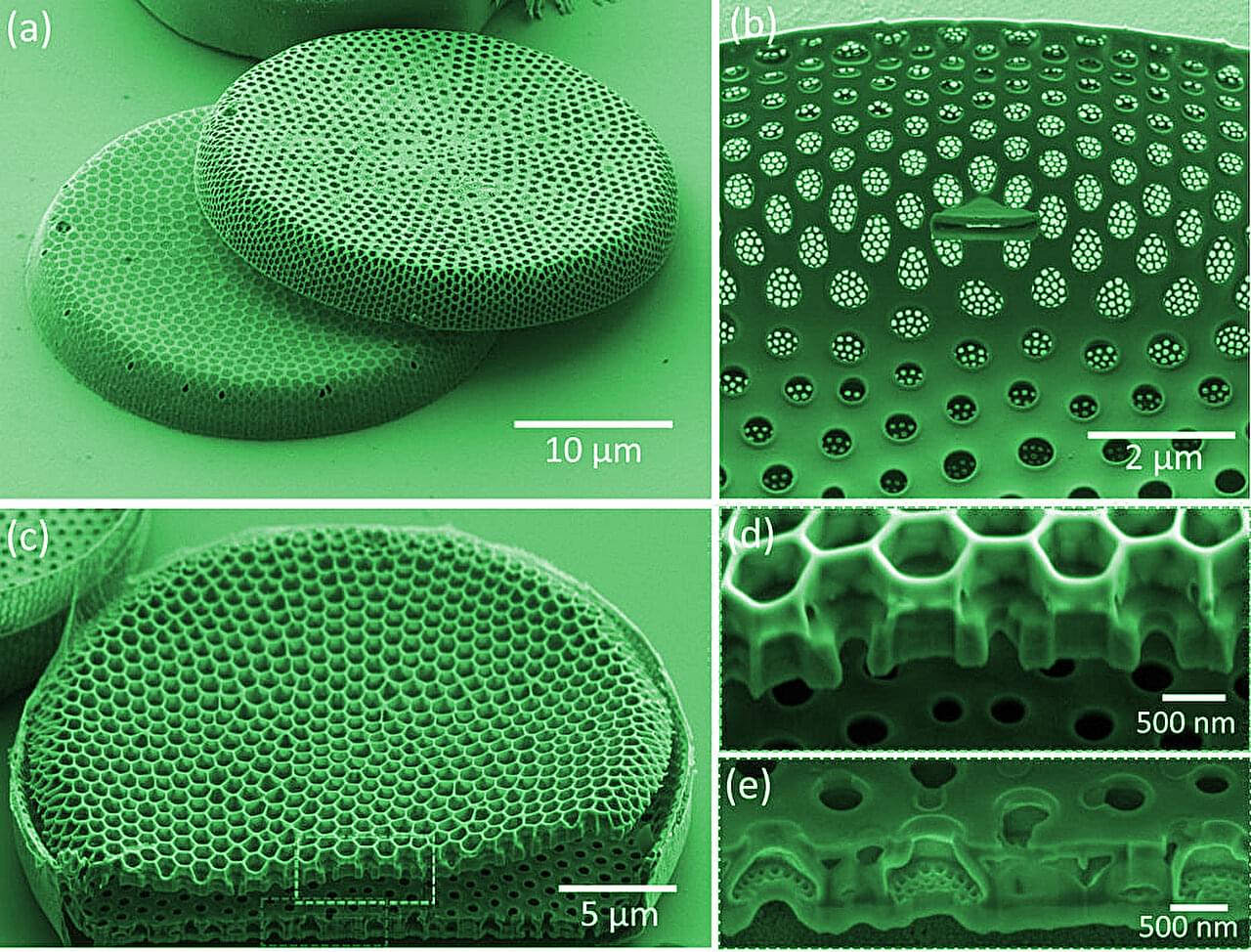Who needs Starlink when you’ve got an actual starling
Get the latest international news and world events from around the world.

Nearly three-quarters of solar and wind projects are being built in China
China is rapidly scaling up its solar and wind energy infrastructure, accounting for nearly three-quarters of all utility-scale projects currently under construction worldwide, according to a new report from the Global Energy Monitor (GEM). With 510 gigawatts (GW) already under construction and a total pipeline of over 1.3 terawatts (TW), China is consolidating its position as a dominant force in the global energy transition.
This acceleration follows years of sustained growth. As of early 2025, China’s operating solar and wind capacity has reached 1.4 TW—equivalent to 44% of the global total and more than the combined capacity of the European Union, United States, and India. In the first quarter of this year, wind and solar supplied 22.5% of the country’s electricity, overtaking thermal power capacity for the first time.
The majority of China’s new capacity is coming from centralized utility-scale projects, particularly in northern and western regions such as Xinjiang and Inner Mongolia, which host nearly 40% of the country’s planned solar and wind capacity. In 2024 alone, China added 278 GW of solar and 46 GW of wind.



How materials science could revolutionise technology — with Jess Wade
Jess Wade explains the concept of chirality, and how it might revolutionise technological innovation.
Join this channel to get access to perks:
https://www.youtube.com/channel/UCYeF244yNGuFefuFKqxIAXw/join.
Watch the Q&A here (exclusively for our Science Supporters): https://youtu.be/VlkHT-0zx9U
This lecture was recorded at the Ri on 14 June 2025.
Imagine if we could keep our mobile phones on full brightness all day, without worrying about draining our battery? Or if we could create a fuel cell that used sunlight to convert water into hydrogen and oxygen? Or if we could build a low-power sensor that could map out brain function?
Whether it’s optoelectronics, spintronics or quantum, the technologies of tomorrow are underpinned by advances in materials science and engineering. For example, chirality, a symmetry property of mirror-image systems that cannot be superimposed, can be used to control the spin of electrons and photons. Join functional materials scientist Jess Wade as she explores how advances in chemistry, physics and materials offer new opportunities in technological innovation.
–


Study uncovers technologically appealing trick used by microalgae to manipulate light
Skoltech researchers and their colleagues have uncovered an intricate light manipulation mechanism likely used by microscopic algae to boost photosynthesis.
By studying the interaction of light with the elaborately patterned silicon dioxide shells enclosing the single-celled algae, the team hopes to reveal principles that could eventually be leveraged in light detectors, bio-and chemical sensors, protective coatings against ultraviolet rays, solar cells, and other nature-inspired technology, right up to artificial photosynthesis systems using CO2 and water to make fuel.
The study was published in the journal Optica.


AI designed peptide-MHC binders expressed in T cells kill cancer cells
Normally, T cells naturally identify cancer cells by recognizing specific protein fragments, known as peptides, presented on the cell surface by molecules called pMHCs. It is a slow and challenging process to utilize this knowledge for therapy, often because the variation in the body’s own T-cell receptors makes it challenging to create a personalized treatment.
In the study, the researchers tested the strength of the AI platform on a well-known cancer target, NY-ESO-1, which is found in a wide range of cancers. The team succeeded in designing a minibinder that bound tightly to the NY-ESO-1 pMHC molecules. When the designed protein was inserted into T cells, it created a unique new cell product named ‘IMPAC-T’ cells by the researchers, which effectively guided the T cells to kill cancer cells in laboratory experiments.
“It was incredibly exciting to take these minibinders, which were created entirely on a computer, and see them work so effectively in the laboratory,” says a co-author of the study.
The researchers also applied the pipeline to design binders for a cancer target identified in a metastatic melanoma patient, successfully generating binders for this target as well. This documented that the method also can be used for tailored immunotherapy against novel cancer targets.
A crucial step in the researchers’ innovation was the development of a ‘virtual safety check’. The team used AI to screen their designed minibinders and assess them in relation to pMHC molecules found on healthy cells. This method enabled them to filter out minibinders that could cause dangerous side effects before any experiments were carried out.
Precision cancer treatment on a larger scale is moving closer after researchers have developed an AI platform that can tailor protein components and arm the patient’s immune cells to fight cancer. The new method, published in the scientific journal Science, demonstrates for the first time, that it is possible to design proteins in the computer for redirecting immune cells to target cancer cells through pMHC molecules.